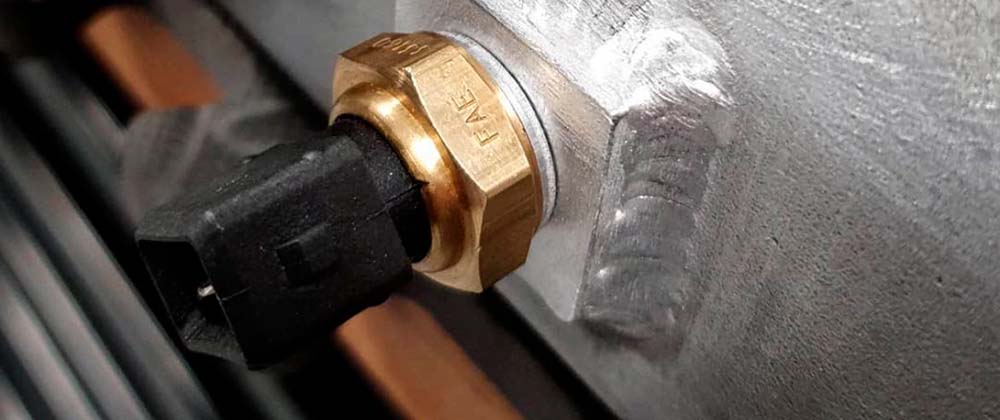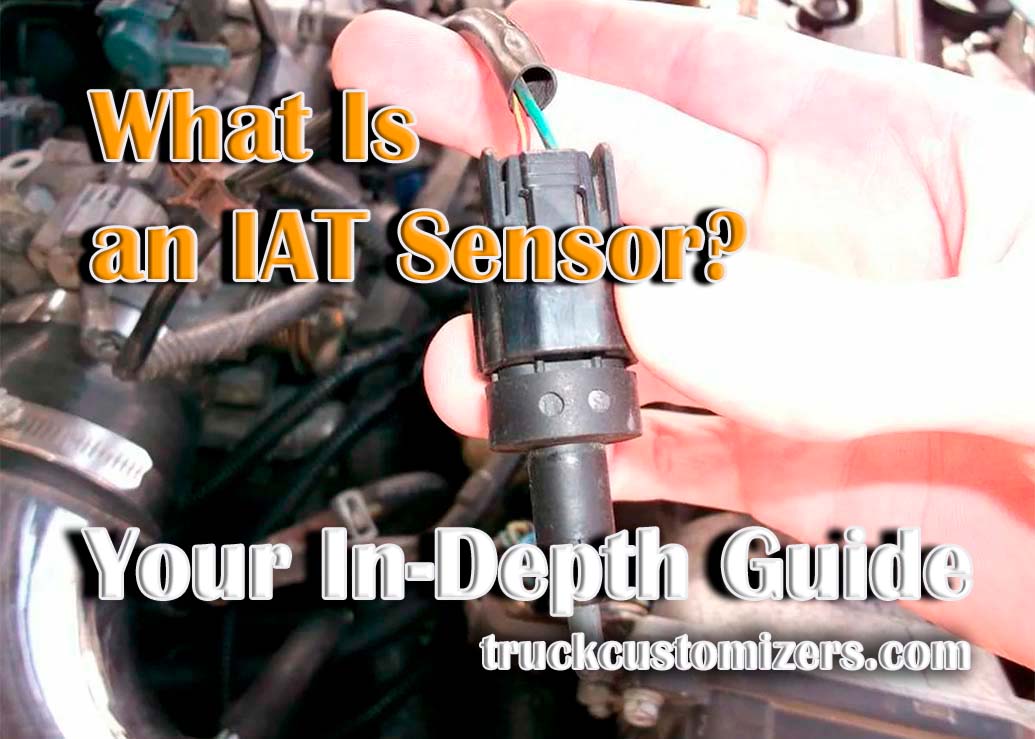Modern cars are equipped with an array of sensors designed to keep an eye on and regulate the engine’s performance. One such important part of modern automotive systems is the IAT Sensor. This small but powerful component plays an important role in helping your car run correctly, and understanding how it works can be beneficial for drivers. In this detailed guide, we will delve deeper into the world of IAT sensors, exploring their functions, operational mechanisms, and typical problems that are often encountered with them. We’ll also look at the symptoms of a malfunctioning IAT sensor and provide some tips on how to maintain them properly. After reading this article, you should have a clearer comprehension of the purpose of an IAT sensor and how to detect when it should be serviced or replaced.
What Is an IAT Sensor?

The IAT sensor is a critical component of an automobile’s engine control system, responsible for gauging the temperature of air going into the engine’s intake manifold. This small but essential sensor plays a vital role in helping the engine’s computer determine the optimal air-fuel mixture for combustion. Through precise air temperature measurement, the IAT sensor enables the ECU to fine-tune fuel injection and ignition timing, guaranteeing optimal engine performance across different operating scenarios. It’s a key player in maintaining engine performance, improving fuel economy, and reducing emissions, thereby contributing significantly to the overall health and functionality of your vehicle. Understanding the IAT sensor’s role highlights the sophistication involved in modern automotive engineering, where every component, no matter the size, has a significant impact on the vehicle’s performance.
Types of IAT Sensors
Primarily, there are two main types: the thermistor type and the hot wire type. The thermistor-type IAT sensor is well-regarded for being uncomplicated and trustworthy; it works according to the concept that electrical resistance varies in correlation with temperature. As the air temperature varies, the resistance in the thermistor changes, allowing the engine’s control unit to calculate the air temperature accurately. On the other hand, the functionality of the hot wire IAT sensor is distinct in its approach. It uses a wire electrically heated to a specific temperature. As incoming air passes over this wire, it cools down, changing the electrical resistance. This change is then translated into a temperature reading. Both types are integral in providing precise air temperature data to the vehicle’s computer system, which is crucial for optimizing engine performance and efficiency. Understanding these types can help diagnose issues and enhance vehicle maintenance.
Common Issues with IAT Sensors
As with any electrical component, IAT sensors can be prone to faults. The most common issues include malfunctioning connectors, corrosion, and damaged wiring. Additionally, a malfunctioning sensor can lead to poor engine performance due to incorrect fuel injection and ignition timing calculations. The symptoms of faulty IAT sensors include poor engine performance, reduced fuel economy, increased emissions, a rough idle or stalling, and the Check Engine light illuminated on the dashboard. To ensure these issues are minimized and your car is running efficiently all year round; it’s important to perform regular check-ups on your vehicle’s electrical components. Also read here How to Clean a MAF Sensor.
Conclusion
The IAT sensor plays a vital role in your vehicle’s engine system. It assists the engine’s ECU in gauging the temperature of the air that enters the engine, which is crucial for fine-tuning the fuel injection and ignition timing for optimal performance. This ensures optimal engine performance, improved fuel economy, and reduced emissions. There are two main types of IAT sensors: the thermistor type and the hot wire type. Malfunctioning IAT sensors can lead to poor performance, reduced fuel economy, increased emissions, a rough idle or stalling, and illuminated dashboard lights. Regular check-ups on your vehicle’s components can help minimize these issues and keep your car running smoothly all year round.



